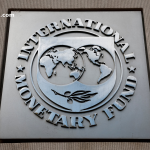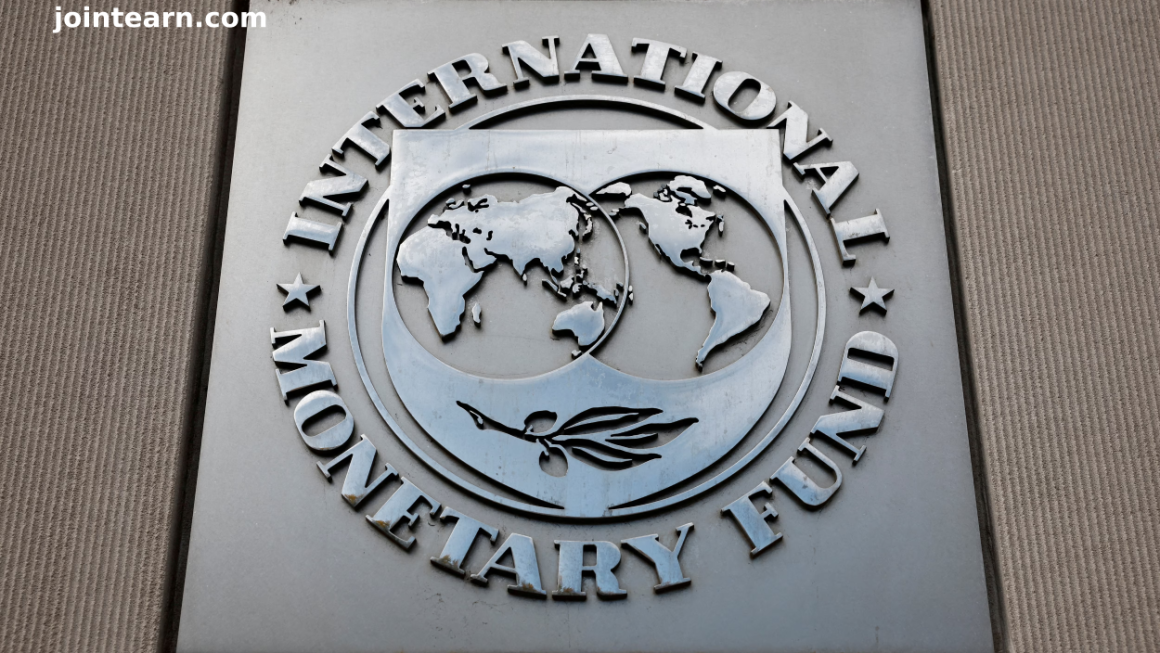US Stock Market and Recession Fears: Are Investors Fully Prepared?
The US stock market continues to experience significant volatility due to mounting tariff headlines, sparking an important question for investors: Has the stock market fully priced in a potential US recession?
Deutsche Bank’s Insights: Markets Have Room to Adjust
New data from Deutsche Bank highlights that the markets still have a considerable way to go before factoring a recession into stock valuations. Since the “Liberation Day” tariff announcements, the S&P 500 (^GSPC) has fallen by approximately 13.9% from its mid-February peak. At its lowest point on April 8, it had dropped by 18.9%.
However, compared to the severe declines seen in previous recessions, the current drop in stock prices is relatively mild. The five most recent US recessions have seen S&P 500 declines ranging from 27.1% in the 1980-1982 recession to 56.8% during the 2007-2009 Great Recession.
Recession Risks: The Market’s Reaction
Deutsche Bank strategist Henry Allen suggests that the markets do not yet see a US recession as inevitable. “Clearly, investors aren’t fully pricing in a recession just yet,” Allen noted. “The fact that the markets haven’t adjusted like in past recessions exposes significant downside risks if a recession does materialize.”
If the tariffs do not go into effect after the latest 90-day extension, market expectations could shift further. However, market uncertainty and the possibility of continued volatility suggest that investors should remain cautious.
Oil Prices and Economic Slowdown Indicators
A key economic indicator during recessions is oil demand, which typically drops as consumers reduce spending on travel and businesses focus on cost-saving measures. Since the “Liberation Day” tariff announcements, Brent crude oil prices have dropped by 10%. This is a far cry from the two-thirds decline in oil prices seen during the COVID-19 pandemic and 2007-2009 financial crisis, signaling that markets are not fully pricing in a major slowdown in global economic growth.
Current Market Landscape: A Mixed Picture
While the stock market has experienced declines in April, with the S&P 500, Nasdaq Composite (^IXIC), and Dow Jones Industrial Average (^DJI) all showing losses of 4% to 5%, there are some areas of strength. Gold prices have surged to new record highs, signaling heightened demand for safe-haven assets amidst rising uncertainty. Meanwhile, the US dollar remains near a three-year low, and the 10-year yield has remained above 4%, reflecting ongoing market tension.
Earnings Warnings and Market Leaders
Prominent companies such as Apple (AAPL) and Nvidia (NVDA) have experienced 5% and 3% drops in their stock prices, respectively. Earnings warnings from major firms like Tesla (TSLA) and United Airlines (UAL) suggest that market conditions remain unpredictable and that the full impact of potential recessionary pressures has not yet been fully realized.
Wall Street’s View: Recession Risks and Confusion
Despite the relatively modest declines in some sectors, major Wall Street firms like Goldman Sachs continue to predict that a US recession is highly probable within the next 12 months. Kathy Jones, Chief Fixed Income Strategist at Charles Schwab, emphasized on Yahoo Finance’s Opening Bid podcast that there is widespread confusion surrounding the tariffs’ long-term impacts and the direction of US economic policy.
“The real concern is the uncertainty over what the tariffs are meant to accomplish and whether they will lead to a US recession,” Jones explained.
As investors navigate the current economic landscape, the uncertainty surrounding recession risks, tariff policies, and broader market trends remains palpable. Only time will tell whether the market has fully priced in these risks or if further declines are ahead.












